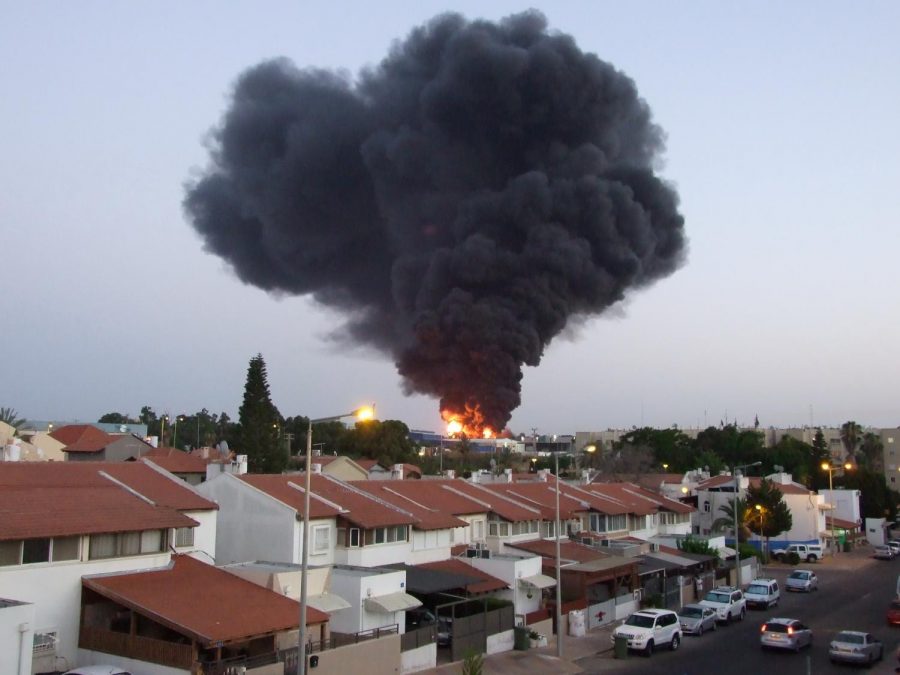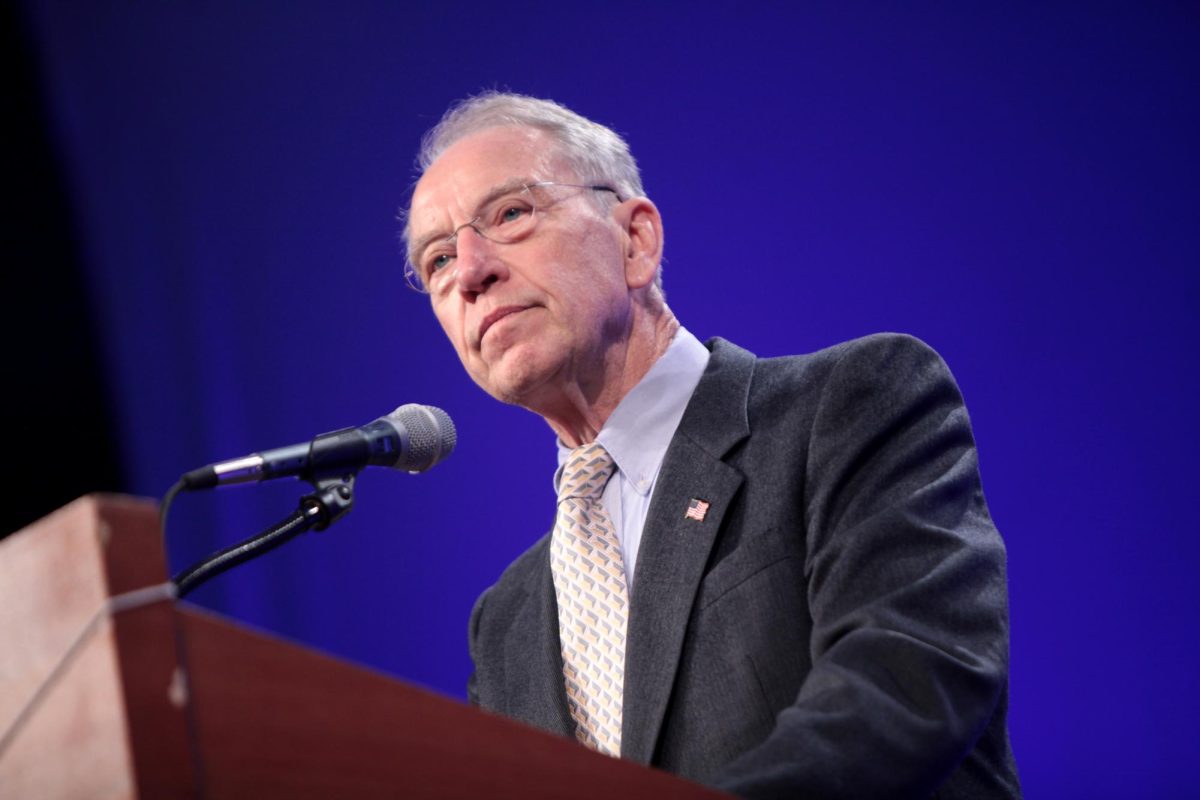Israel and several Palestinian terror groups agreed to a ceasefire on Monday after a bloody weekend of military clashes across the Gazan border which killed over thirty people and wounded hundreds more.
On May 3rd, two IDF soldiers were wounded by a sniper allegedly connected with the Palestinian Islamic Jihad, an Islamist terror organization affiliated with the terror group Hamas. Israel quickly responded with an airstrike on a Hamas outpost which killed four people, two terrorists, and two civilians. Fighting on the border swiftly escalated over the next two days. Hamas launched hundreds of rockets and mortar shells into Israel, killing four Israelis, while Israel launched dozens of airstrikes and bombing missions, killing over twenty Palestinians.
The fighting ended on Monday, with people on both sides of the border returning to their lives. Both Israel and the PIJ have confirmed that a ceasefire and truce had been organized by Egypt, with support from the United Nations and Qatar.
In an official statement on the ceasefire, Israeli Prime Minister Netanyahu remarked that finding a permanent solution to the situation in Gaza “requires patience and judgment.” Netanyahu has come under intense scrutiny following the ceasefire, with many Israeli politicians accusing him of being too lenient and folding to the pressure of Hamas.
Although both Israel and Hamas have halted their attacks, many are uncertain how long the peace will last. The most recent fighting broke out after Hamas and the PIJ claimed that the Israelis were not abiding by a previous ceasefire’s terms organized in March, resulting in the sniper attack on Friday. Whether or not this ceasefire will follow a similar pattern remains to be seen.












